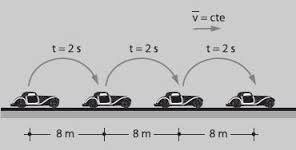This video may seem tragic for you, but it will help you understand the vital importance of the scientific method for skillfull investigators in order to clarify such crashes. Watch the film and answer these questions:
- What kind of plane suffers the tragedy?
- How many people, in total, were travelling inside?
- When they describe several passengers they focused on two women and a man: Why were they travelling?
- Why was the flight delayed?
- How long did it take to the plane to be doomed?
- Who saw the accident first?
- Which were the two initial hypothesis to explain the accident?
- What did they have to study to check this hypothesis?
- Tell at least two experiments they performed to work out the real cause for the accident?
- Explain the conclusions of the investigation?
- Did the investigation lead to any change in planes to help new similar tragedies? Tell examples


















